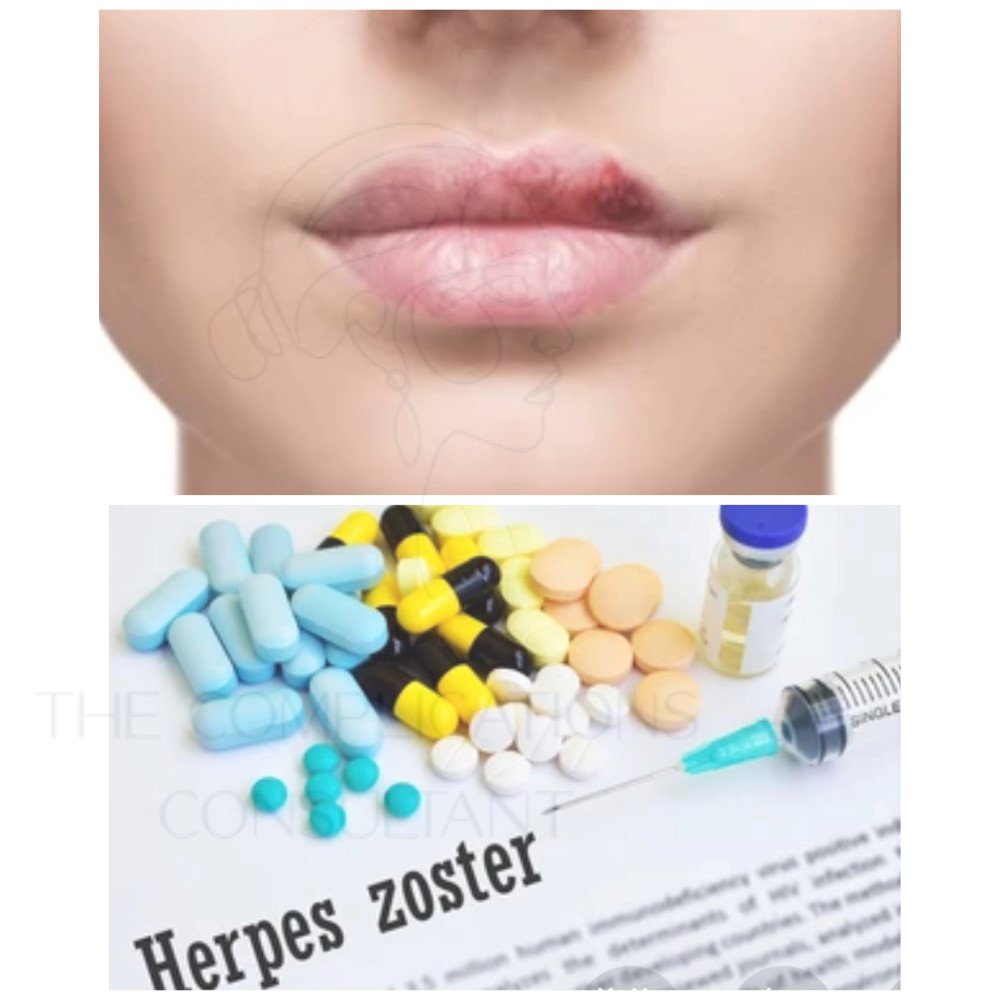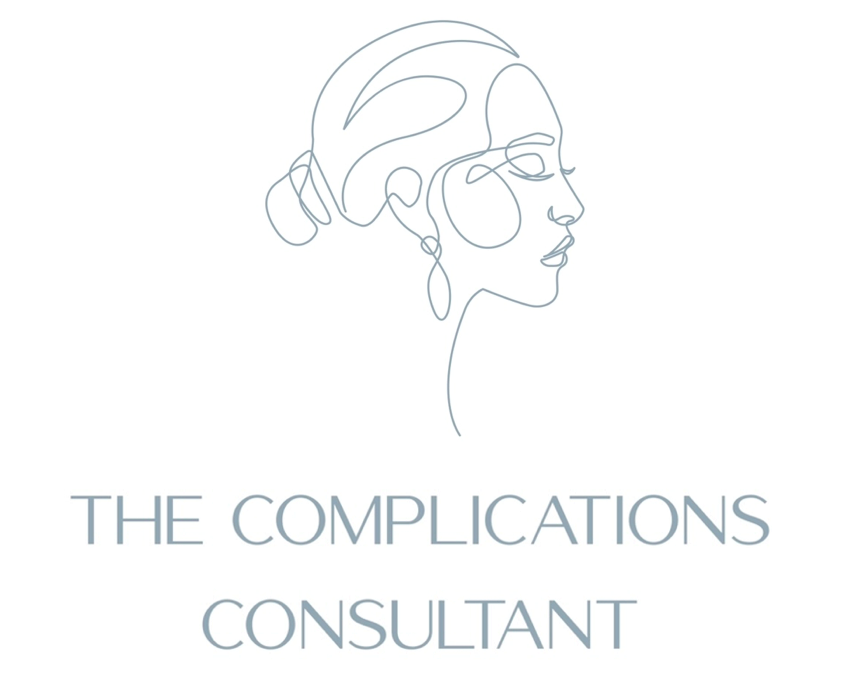Ways injury could occur
Let’s look now at the mechanical means by which injury could occur during anaesthetic treatment.
Compression onto a nerve will be the reasoning for the mildest type of nerve damage, this can be from bruised or swelling tissues near to the nerve, compression of dermal filler placement, this would be responsible for a demyelination injury & neuropraxia. Thankfully this is the most common form of nerve damage in relation to dermal filler treatments. Recovery can occur in just a matter of weeks, if this is not the case then other nerve damage or medical conditions should be considered.
Secondary to this you could pierce the neve with the needle or inject the needle the whole way through the nerve or inject into the nerve. Damage in this instance would be caused to the myelin sheath and likely a section of the axon. This would be responsible for axonotmesis
Tearing or completely cutting the nerve s the final eventuality. This being the worst case scenario when it comes to nerve damage. This would cause neurotmesis and would sever the epineurium, perineurium or endoneurium. This will leave the patient with long term or sometimes irreversible damage and disability. Although unlikely in aesthetics treatments it may still be possible with the use of a cannula or when injecting into high-risk areas.
SYMPTOMS
- Numbness
- Parathesis
- Loss of muscle control
- Can affect all branches of the facial nerve
Damage to the endoneurium, which means growth is possible but slower.
Damage to the perineurium, which means growth is possible but poor. And finally damage to the epineurium, which means no regrowth

Infective causes
Aside from mechanical causes of nerve injury, it’s also been hypothesized that trauma from the needle could trigger a varicella zoster breakout. Similar to the way injections can trigger herpes simplex activity in the lips. If the varicella zoster virus were to become active in the facial nerve it would cause Ramsay Hunt syndrome, a shingles affecting the facial nerve.



